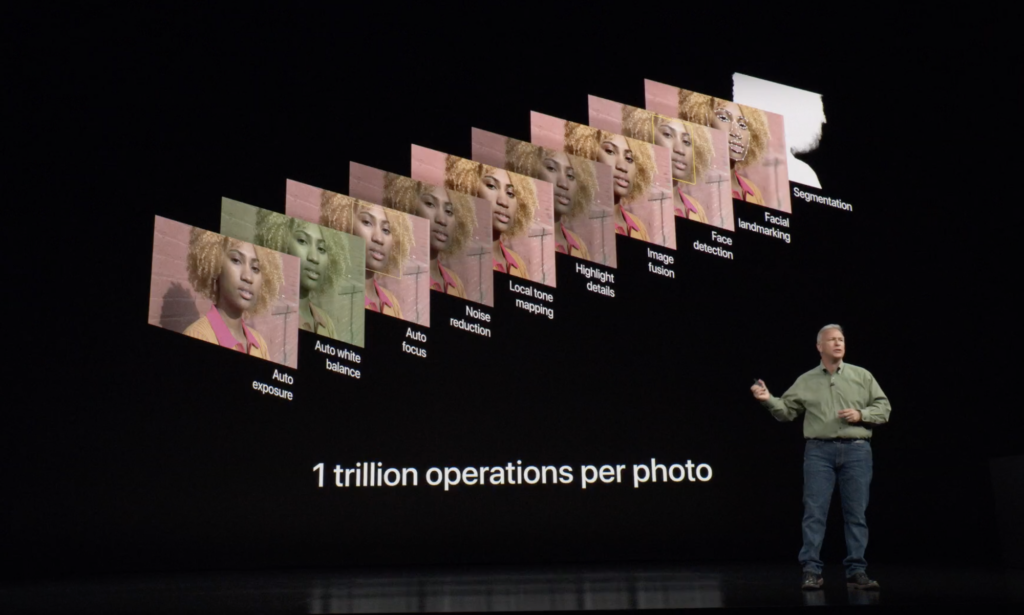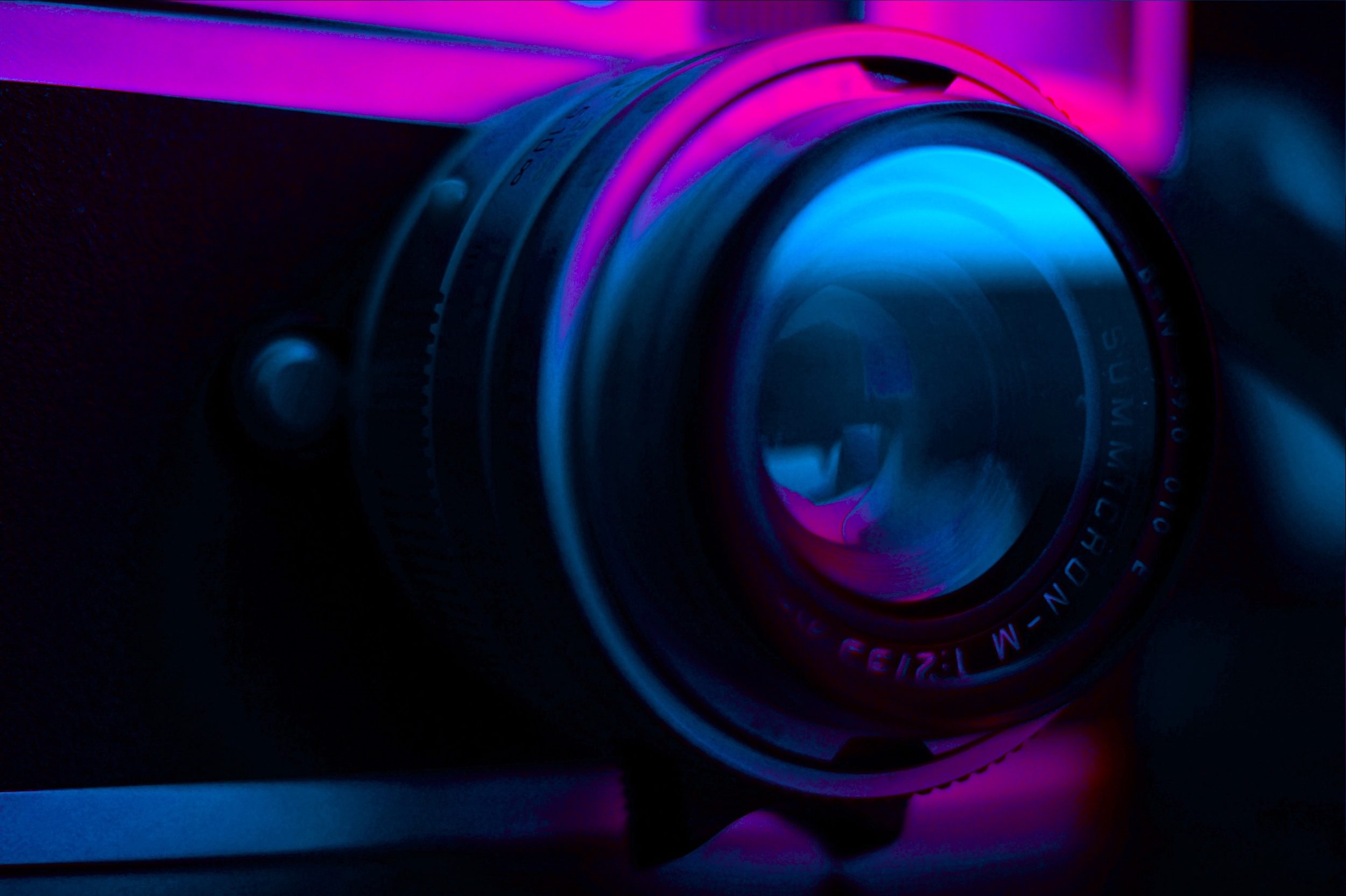The number of ways we use our smartphone cameras is absolutely unthinkable. From cataloging the meal we’re about to devour to searching for Amazon products via a photo and even taking pictures of receipts and memos to remember later, our cameras have evolved past a memory aid and into a full-fledged behavioral enabler
Instagram Integrates with the Camera.
Five days ago, Samsung took the stage to unveil their Galaxy S10 and, as expected, they had some big updates to their camera. However, it wasn’t their ultra-wide, 123-degree field of view lens or the four other cameras housed in it that impressed me. It was their partnership with Instagram that stood out:
The camera app has a built-in Instagram mode which lets you slap stickers and music on your photos, and share them to your Stories directly. You can also add hashtags, text or use Instagram’s editing tools to soup up your fire selfies without having to open up the Instagram app.
Kris Holt, Engadget
Samsung is calling [it] the best Instagram experience on a smartphone.
The Verge
This is very interesting because they are making the camera the only interface people need to interact with in order to share their memories on Instagram. For the time being, Instagram is the only one with this unique partnership. However, I see this quickly scaling into many other camera-enabled functions.
Already a future thinker?
Then become a friend.
Creating The All-in-One Camera.
Apple, Samsung, and other smartphone manufacturers intelligently allow developers to create apps with access to the smartphone’s camera. And they should, considering they spend tremendous resources building those cameras. For instance, back in 2015, we found out that Apple was employing 800 engineers just for their camera technology (and I’m sure they’ve added more).
What Samsung previewed, though, was a future where the camera app itself can house every feature that uses the camera. Thus, eliminating the need to bounce between different apps to achieve what you want with your camera. It’s very easy for me to imagine the camera app integrating some of these existing apps and features in their own camera app:
- Turning a picture into a PDF via TinyScanner
- Searching for products on eBay or Amazon with a photo
- Turn videos into gifs via Boomerang, Giphy, etc…
- Getting help on math problems via the Photomath app
- Adding filters and hues to photos
- Arranging photos into collages
- Posting to Facebook, Snapchat, WhatsApp, Tik Tok, etc…
- Posting to Yelp, TripAdvisor, Airbnb, etc…
This doesn’t even scratch the surface of how the creative class is utilizing their smartphone cameras to make art. For instance, there’s a massive movement of smartphone filmmakers that shoot and edit entire movies on their smartphone. With a very long list of smartphones supporting 4K video filming capabilities and professional-grade editing apps such as FiLMiC Pro, filmmakers of all kinds are turning to smartphones to shoot high-quality movies.
Steven Soderbergh, you may know him as the director of Traffic or the Ocean’s Trilogy, has shot and edited his last two films with the iPhone. Ryan saw both movies, Unsane and High Flying Bird, and said he
I think it would be an interesting move to see Samsung bring some of the essential editing and post-production apps directly into the camera app. It would quickly establish them as one of the ideal choices for smartphone filmmaking.
The main point is that the modern smartphone camera has allowed for so many applications to
Can They Profit From This?
Merging camera-enabled features into their native camera app would remove an insane amount of friction. The more that Samsung (or Apple) can keep people on a digital property they own, the higher the likelihood that they can turn that property into a source of revenue. It’s possible that we might actually see the camera app move beyond a smartphone feature and into the realm of an economic ecosystem.
What type of business model would work in regards to the camera app?
- Pay to Play, where Samsung or Apple charges a premium to integrate a new feature within the camera app.
- Camera Features App Store, where they create a store solely for these features to be added and then take a percentage of all paid sales.
- Pay per use – charge each time a user keeps a photo they used a filter or camera feature on
Yes, this is all theoretical, but I’m confident that Samsung isn’t
Nonetheless, a dedicated developer ecosystem just makes sense for the camera app in its current state.
We’re in the era of computational photography – where the camera is just as much a computer that creates an image as it is an aperture that captures it. This is how we’ve gotten incredibly cool features packed into the smartphone camera such as HDR, flash-free Night Sight, bokeh effect (also known as portrait mode), true 10x zoom, and much more. Just look at the software functions happening in the background as you take a photo with your iPhone:

Now, Samsung, Apple, and others can continue adding one feature at a time to their powerful cameras. This is what they’re doing with augmented reality and mixed reality features. Or, they can open up the technical stack, and create an environment for their camera app to grow tremendously fast.
